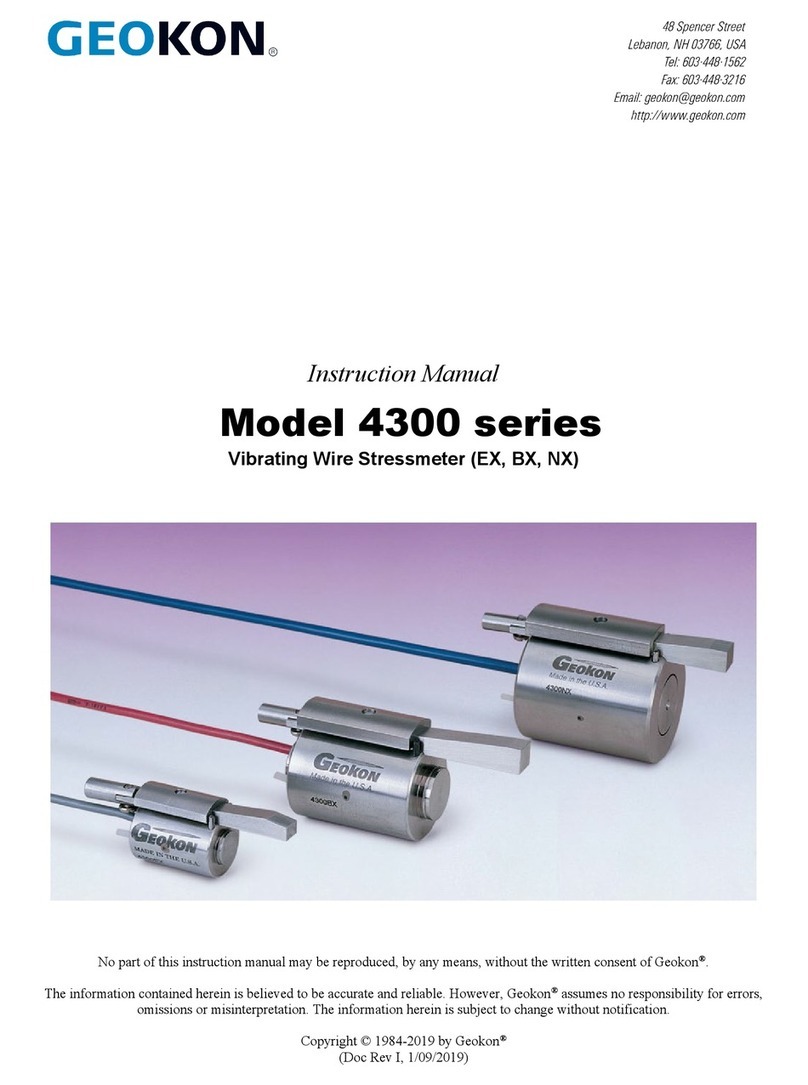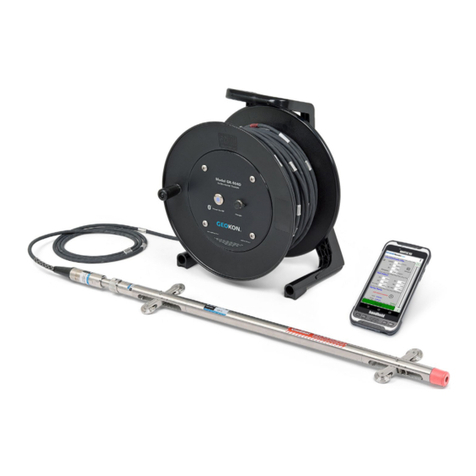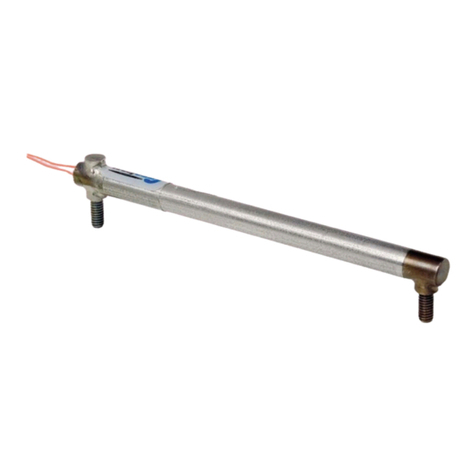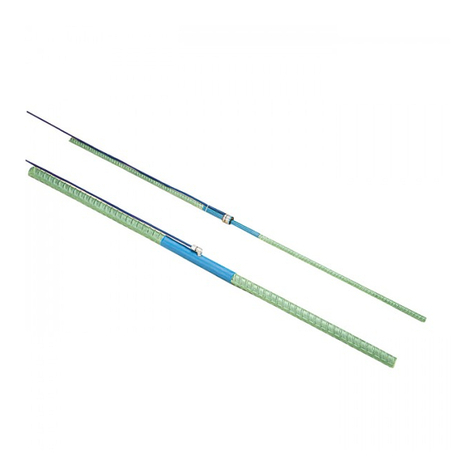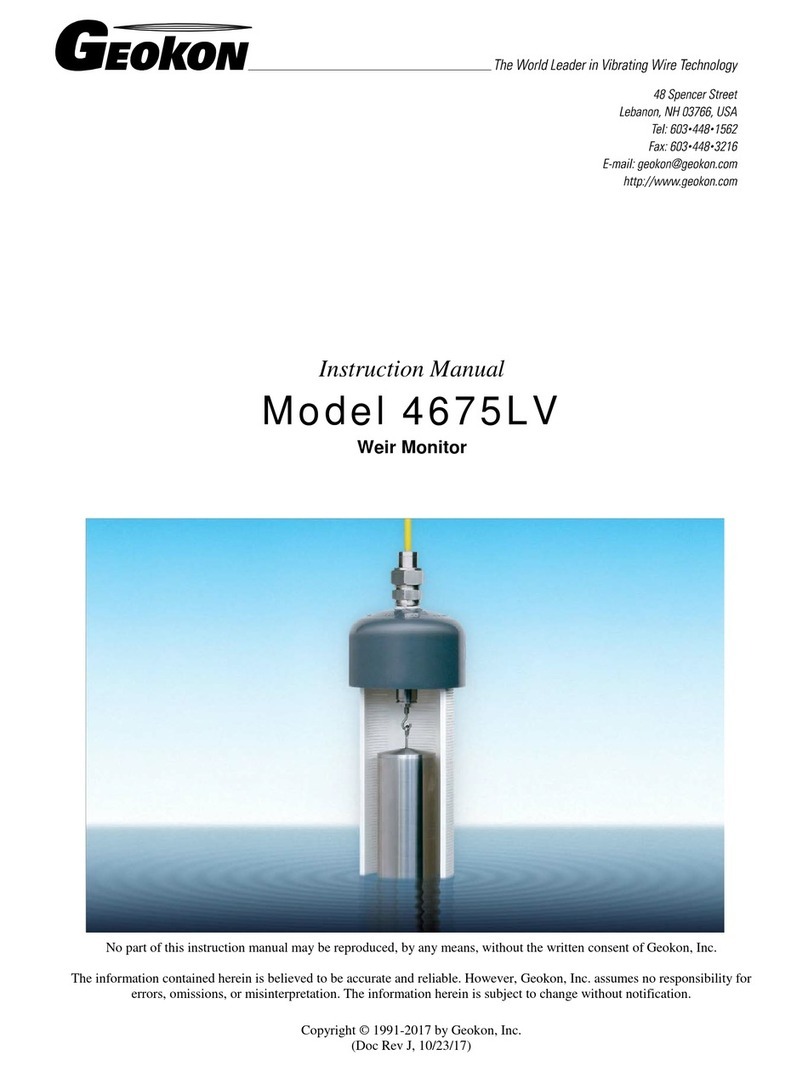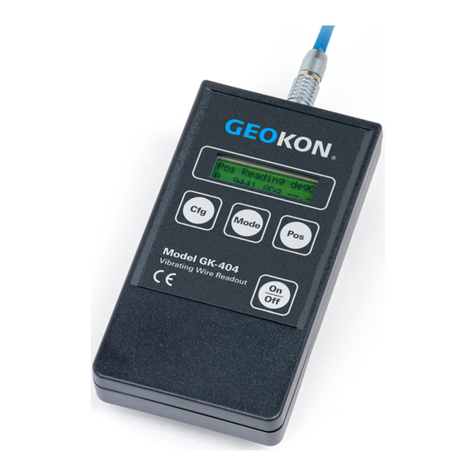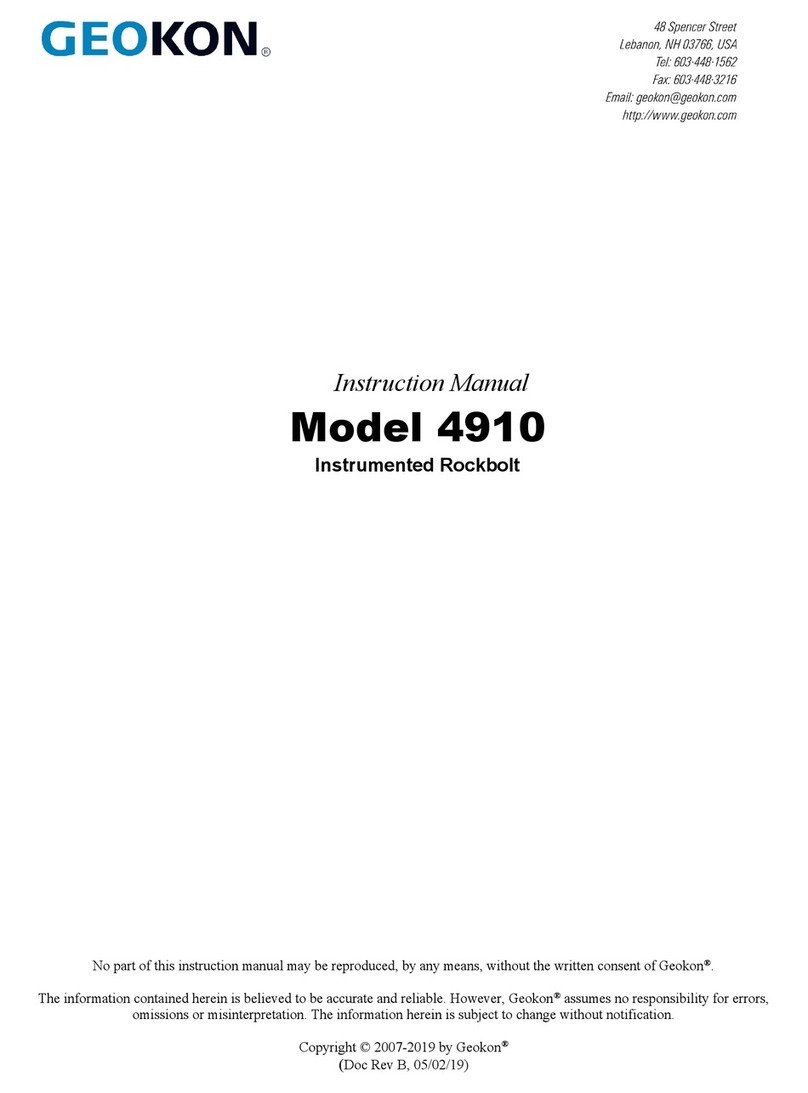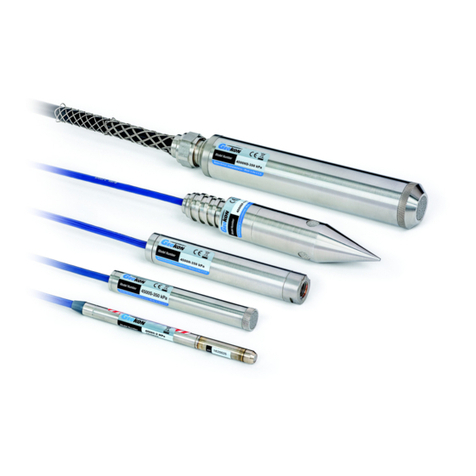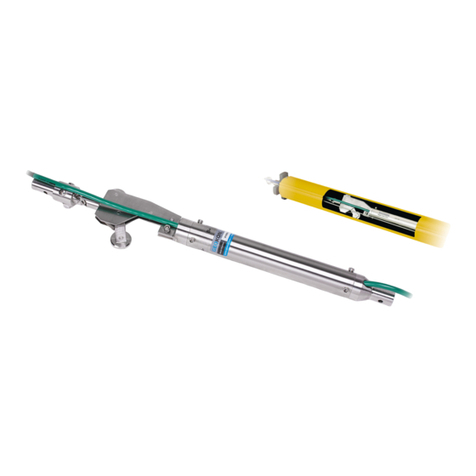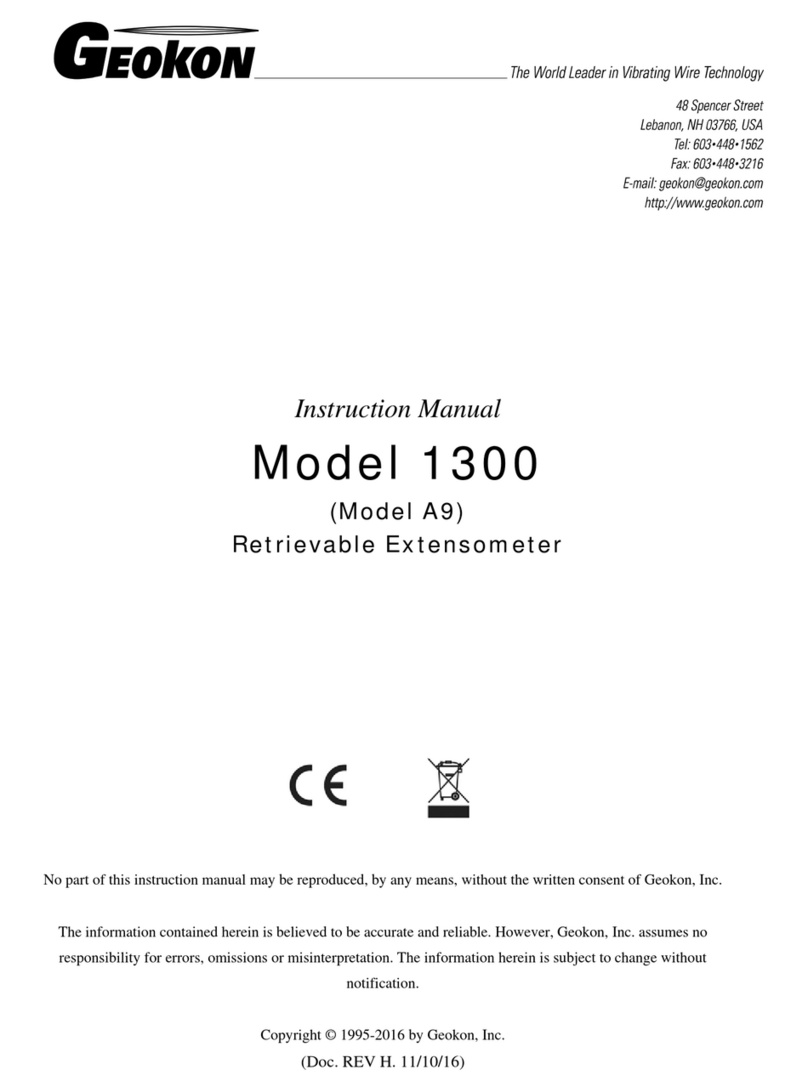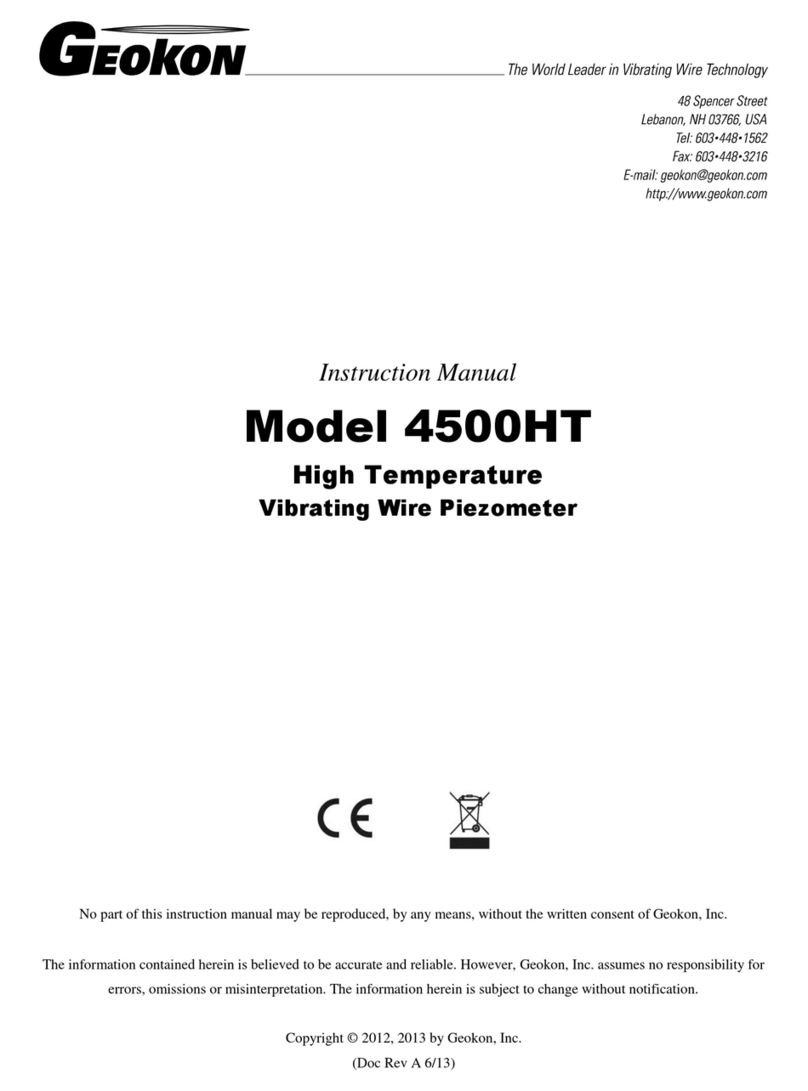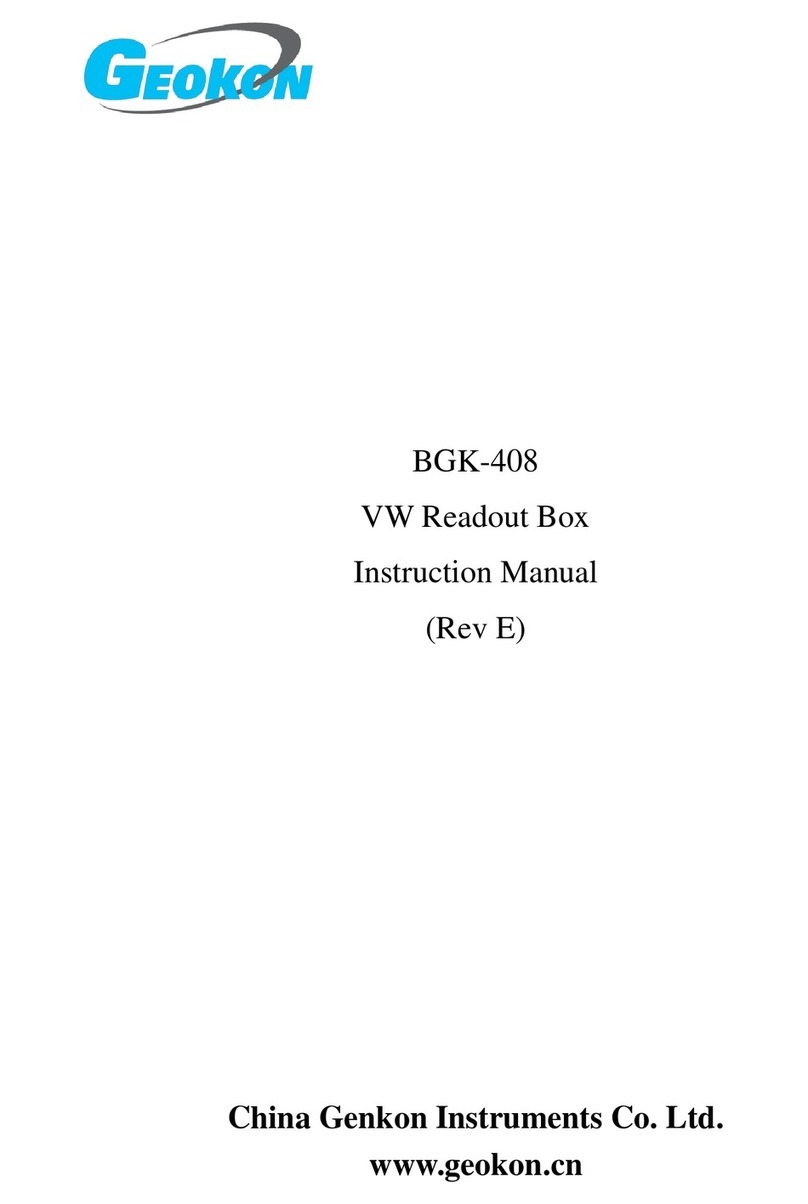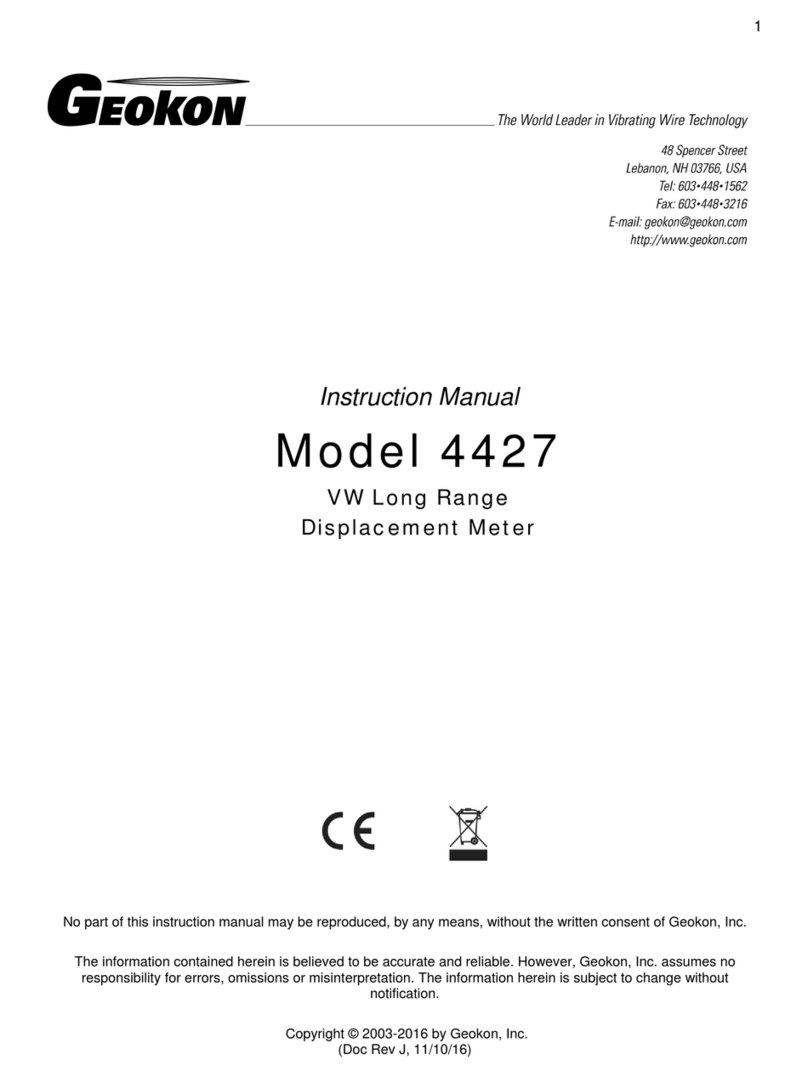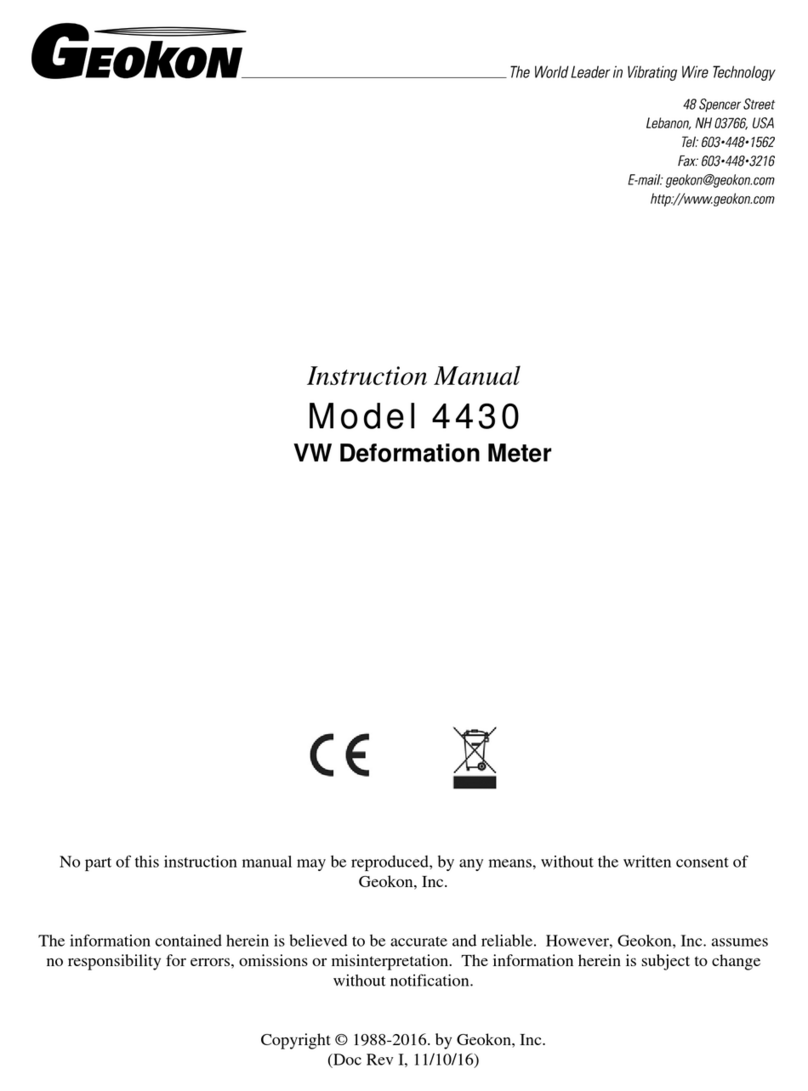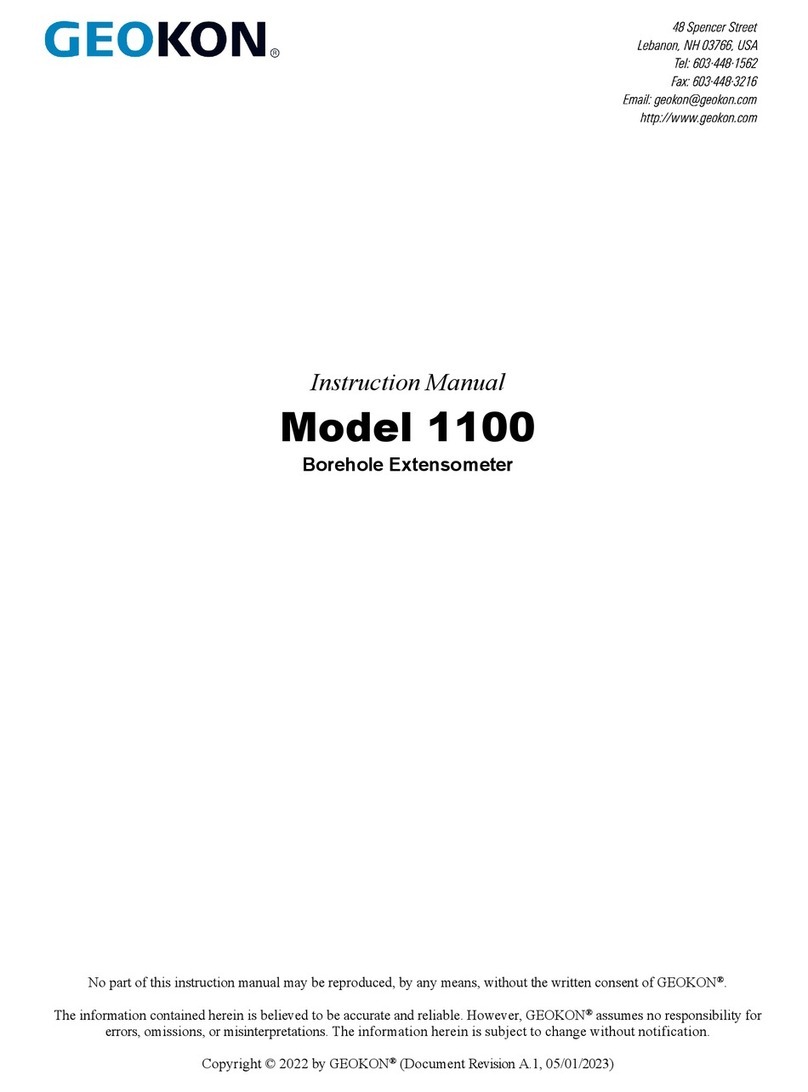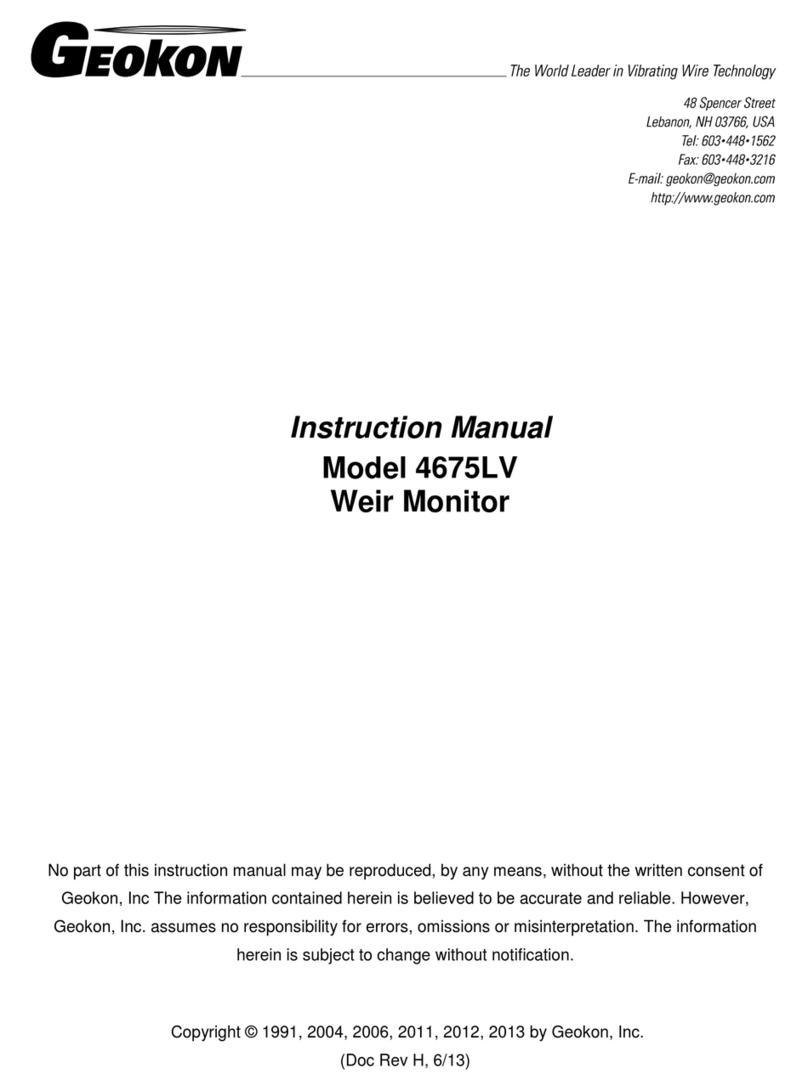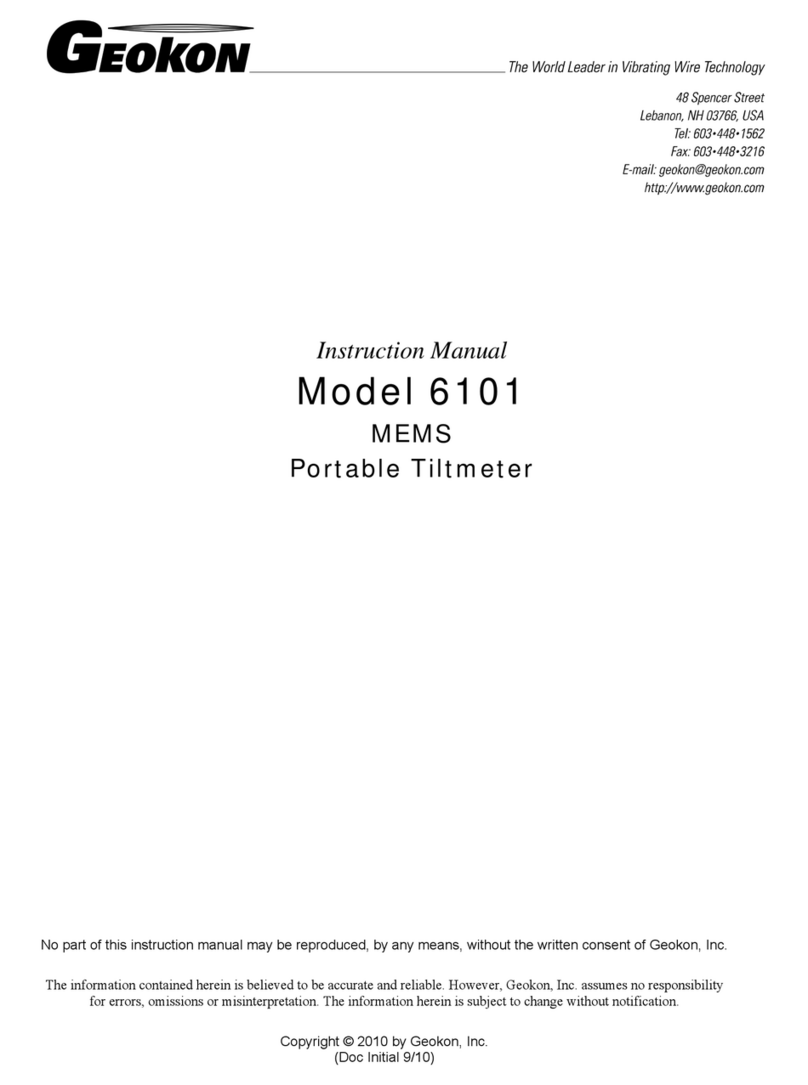
TABLE of CONTENTS
1. INTRODUCTION ...................................................................................................................................................1
2. INSTALLATION ....................................................................................................................................................2
2.1 PRELIMINARY TESTS............................................................................................................................................2
2.2 CONVERGENCE METER INSTALLATION................................................................................................................2
2.3 ELECTRICAL NOISE..............................................................................................................................................4
2.4 REMOVAL ............................................................................................................................................................4
2.5 CABLE INSTALLATION AND SPLICING ..................................................................................................................5
3. TAKING READINGS.............................................................................................................................................6
3.1 GK-404 READOUT BOX.......................................................................................................................................6
3.1.1 Operating the GK-404 ................................................................................................................................6
3.2 GK-405 READOUT BOX.......................................................................................................................................7
3.2.1 Connecting Sensors with 10-pin Bulkhead Connectors Attached ...............................................................7
3.2.2 Connecting Sensors with Bare Leads..........................................................................................................7
3.2.3 Operating the GK-405 ................................................................................................................................7
3.3 GK-403 READOUT BOX (OBSOLETE MODEL)......................................................................................................8
3.3.1 Connecting Sensors with 10-pin Bulkhead Connectors Attached ...............................................................8
3.3.2 Connecting Sensors with Bare Leads..........................................................................................................8
3.3.3 Operating the GK-403 ................................................................................................................................8
3.4 MEASURING TEMPERATURES...............................................................................................................................8
4. DATA REDUCTION ..............................................................................................................................................9
4.1 DIGITS .................................................................................................................................................................9
4.2 TEMPERATURE CORRECTION .............................................................................................................................10
4.3 ROD STRETCH CORRECTION ..............................................................................................................................11
4.4 CORRECTION FOR SAG .......................................................................................................................................12
4.5 ENVIRONMENTAL FACTORS...............................................................................................................................14
5. TROUBLESHOOTING........................................................................................................................................15
APPENDIX A. SPECIFICATIONS.........................................................................................................................17
A.1 MODEL 4425 CONVERGENCE METER ...............................................................................................................17
A.2 THERMISTOR (SEE APPENDIX BALSO) ..............................................................................................................17
APPENDIX B. THERMISTOR TEMPERATURE DERIVATION.....................................................................18
APPENDIX C. SWAGELOK TUBE FITTING INSTRUCTIONS ......................................................................19
C.1 INSTALLATION ..................................................................................................................................................19
C.2 REASSEMBLY INSTRUCTIONS ............................................................................................................................20
APPENDIX D. EXAMPLE CALIBRATION REPORT........................................................................................21
